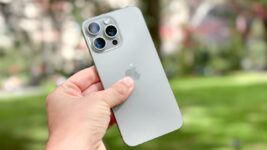The best waterproof phones are more or less the same as the best phones these days. In the past waterproof devices were big bulky monstrosities wrapped in huge bulky plastic shells. These days you’ll be happy to be seen with a waterproof phone in public, offering protection from the rain, accidental dips in the pool and more.
Anything with an IP67 or IP68 rating means the phone can be submerged in varying depths of water for up to 30 minutes — though some go beyond the bare minimum. Flagship iPhones are a very good example, since they are advertised as surviving longer dips despite having the same IP ratings as its rivals.
An IP rating doesn’t make a phone completely immune from water damage. But some protection is better than nothing at all — and every device on this list has an IP rating attached to it. That rating describes the level of ingress protection, with the first digit relates to dust protection and the second relates to water ingress protection. The best water resistance comes with a rating of 7 or higher — anything less means the phone can handle spray but not full immersion,
Here are the best waterproof phones you can buy right now.
Our list of the best waterproof phones includes a number of iPhones, including last year’s iPhone 15 Pro Max. Apple has confirmed that the iPhone 16 series will feature IP68 water resistance, meaning they will likely usurp the iPhone 15s’ positions on this list. But that isn’t going to happen until we spend some time with the new iPhones and do some thorough testing.
The quick list
Here are the best waterproof and water-resistant phones you can buy right now, based on our own testing. You can scroll down the page to find more in-depth information about each model and what makes them so great.

Best waterproof phone overall
Considering the price, ultra-premium feel and performance, the iPhone 15 Pro Max has a top IP68 water and dust resistance score. That means it can handle depths of up to 6 metres (20 feet) for 30 minutes.
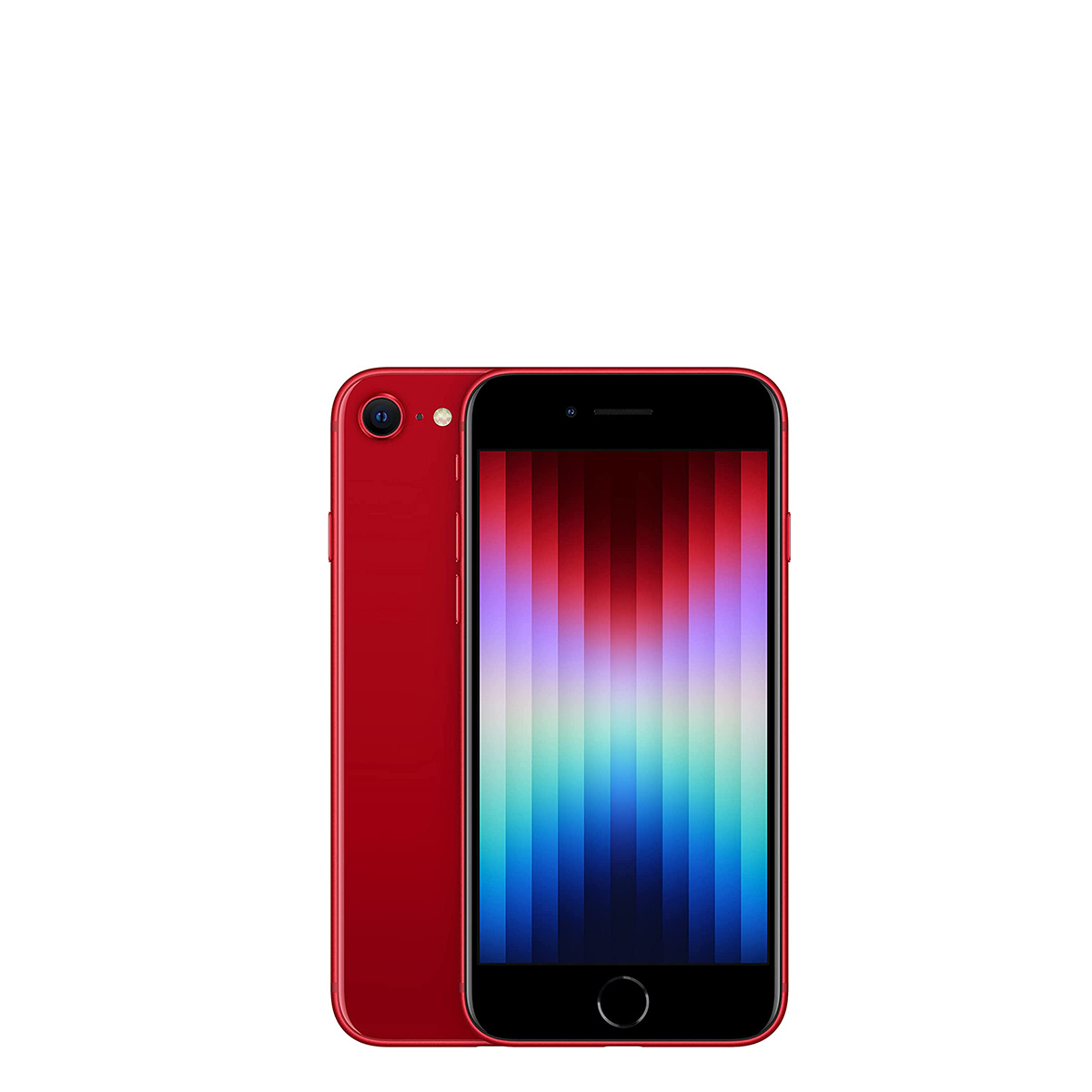
The best cheap waterproof phone
Cheap and water resistant don’t often go together, but Apple’s cheapest iPhone still manages to offer an IP67 water and dust resistance rating. That means it can handle up to 1 metre of water for up to 30 minutes — alongside bargain access to some of Apple’s best performance and camera tech.

Best waterproof phone for most people
It may not be as impressive as its Pro siblings, but the iPhone 15 still manages to offer the same IP68 rating. So it can survive 20 feet of water for half an hour. All for a noticeably lower price than the iPhone 15 Pro Max — even if it does take a hit with performance and camera hardware.
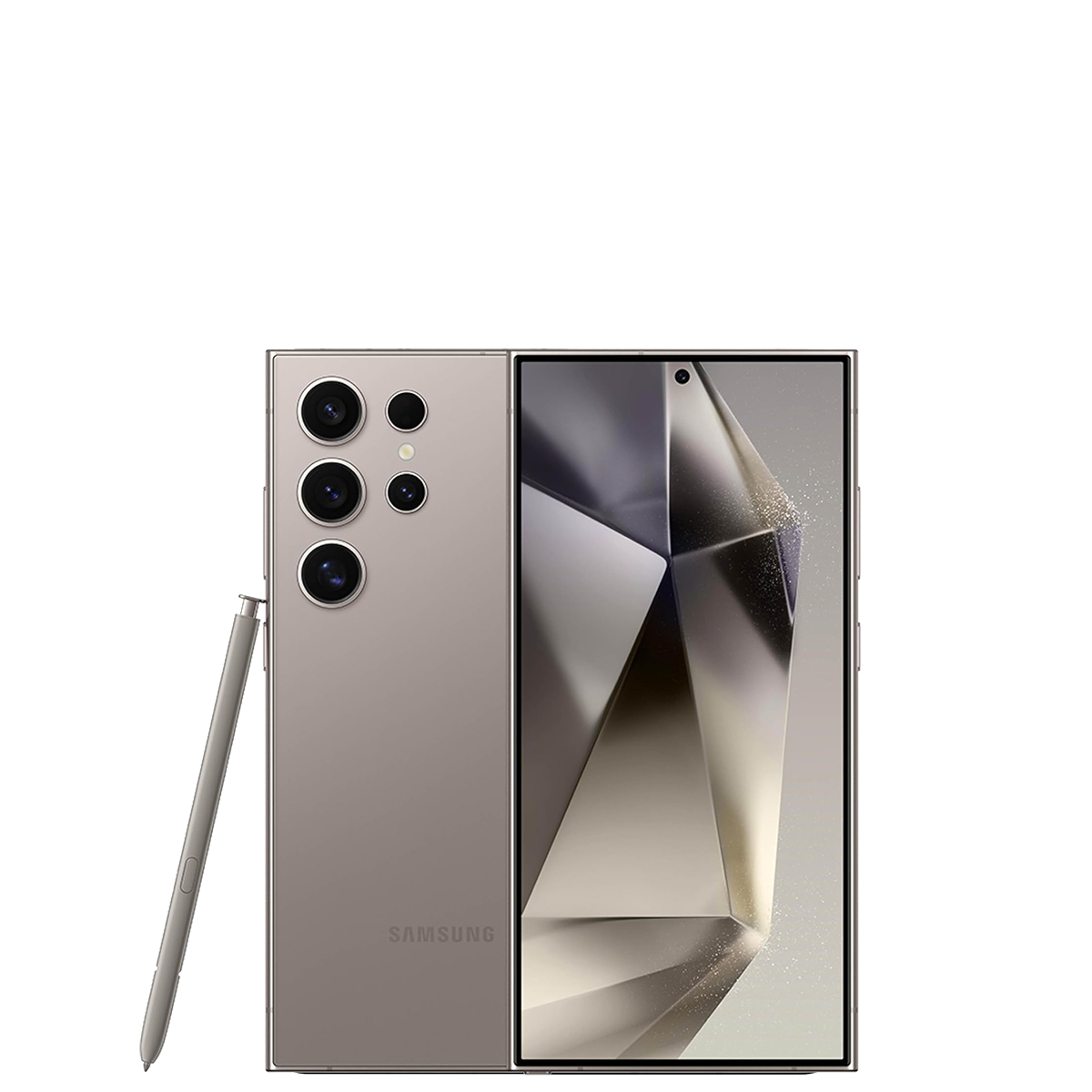
4. Samsung Galaxy S24 Ultra
Best waterproof Android phone
One of the best camera phones also comes with IP68 water resistance, though it’s not quite as hardy as the iPhone 14 series. So this one is only rated to survive up to 1.5 metres (3.2 feet) of water for no more than 30 minutes.
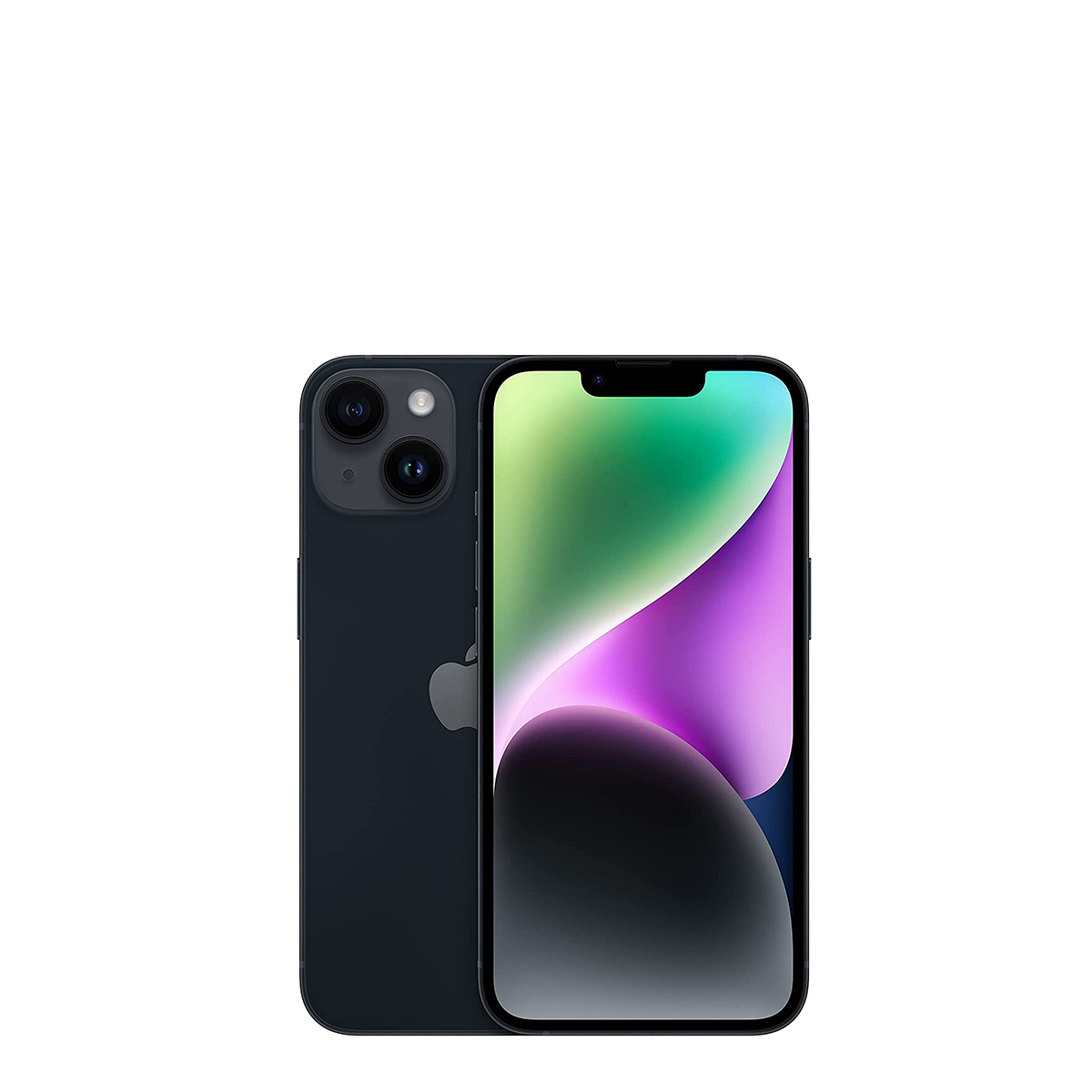
The best waterproof iPhone for less
The difference between iPhone 14 and iPhone 15 is pretty big, but the IP68 water resistance rating is one thing they share. So if you want the waterproof iPhone experience for a lower price, the iPhone 14 might be for you.
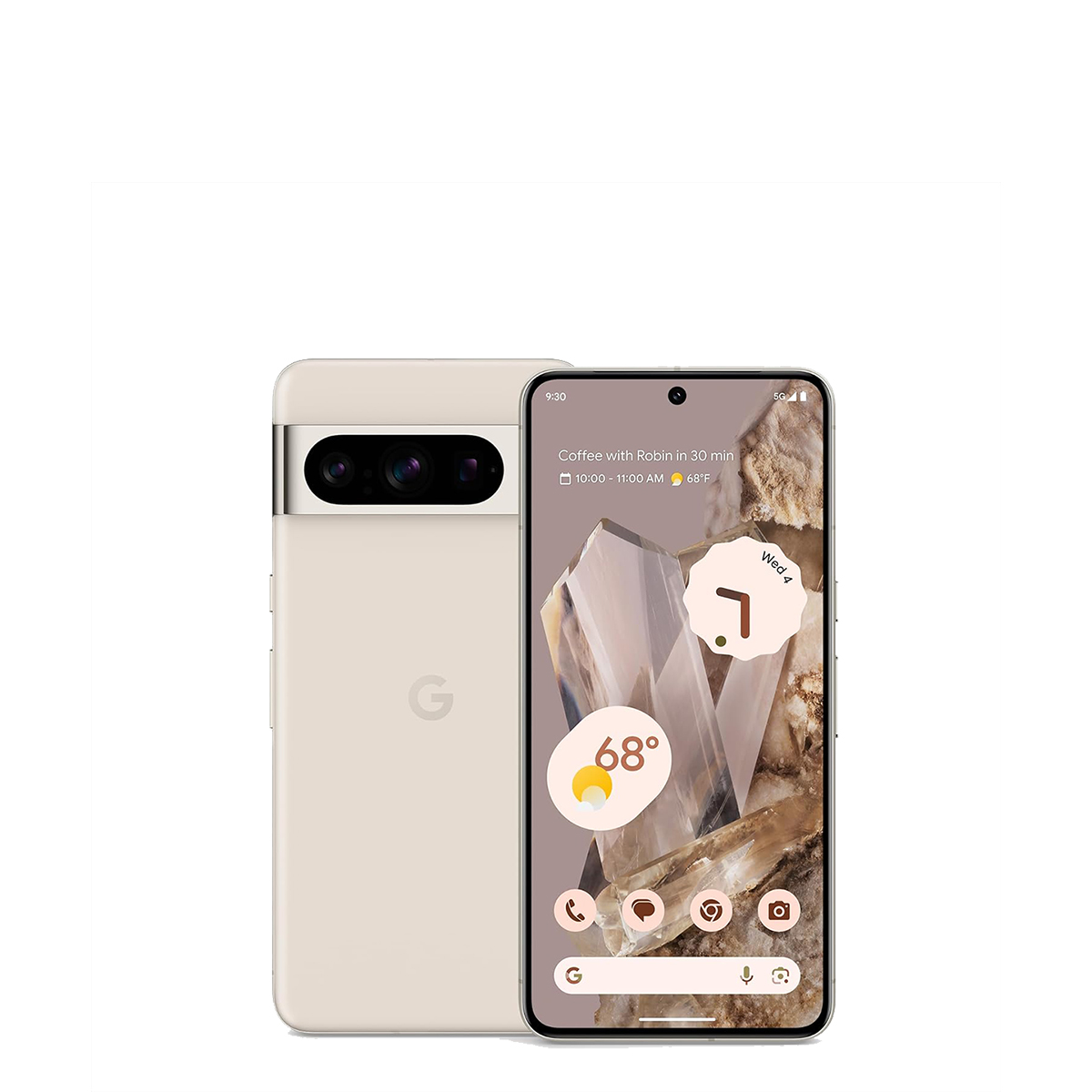
The best waterproof Android for less
The Pixel 8 Pro has a lot of great qualities, especially in the camera department, alongside an IP68 water resistance rating. That means it can handle depths of up to a metre for 30 minutes — but at a slightly cheaper price than the Galaxy S23 Ultra.
The full list: Best waterproof phones you can buy today
Every device on this list has some IP rating attached to it, that conveys a degree of ingress protection. The first digit in an IP rating relates to dust protection whereas the second pertains to liquids. You’ll want to look for at least a “7” to connote water resistance. Anything below that might mean the device can withstand water sprays and splashes, but not immersion.
Here are the best waterproof phones you can buy right now.
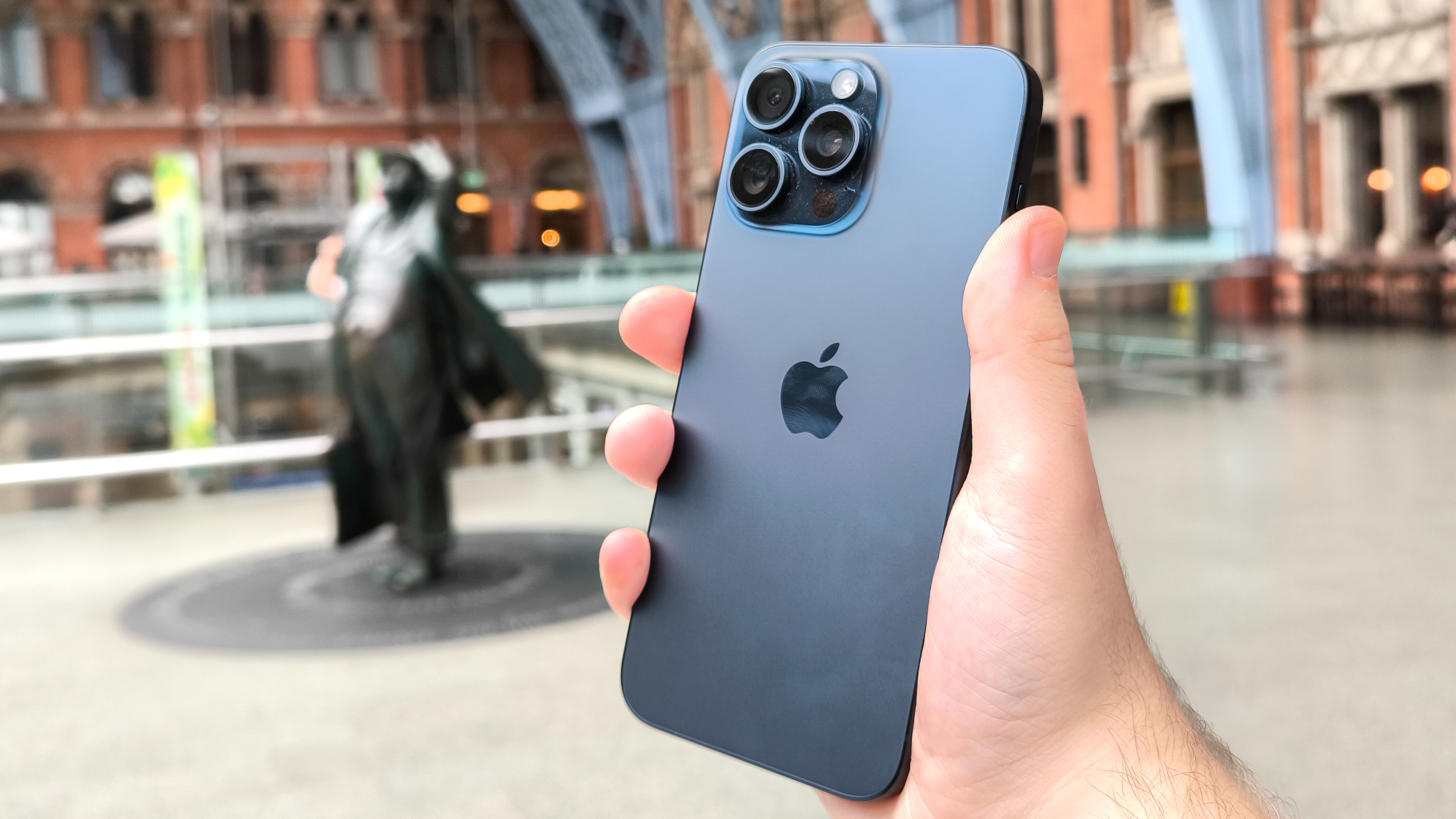

Just as you’d hope from a phone as luxurious as the iPhone 15 Pro Max, it promises to keep your phone dry. With an IP68 water/dust resistance rating, Apple promises all its new phones, including the iPhone 15 Pro, iPhone 15 and iPhone 15 Plus, will withstand submersion in 6 metres (about 20 feet) of water for up to 30 minutes. That should be plenty of time to retrieve your phone if you’ve dropped it.
These impressive waterproof credentials are joined by the best phone cameras and performance of any phone we’ve tested, a fantastic tetra prism telephoto lens and somehow even better battery life again. Although the iPhone 15 Pro is almost identical to the Pro Max, the larger phone still takes the top spot of the range. Its larger display and longer battery life may be the only differences, but they’re enough to make it the ultimate iPhone experience you can get right now.
Read our full iPhone 15 Pro Max review.
Best cheap waterproof phone
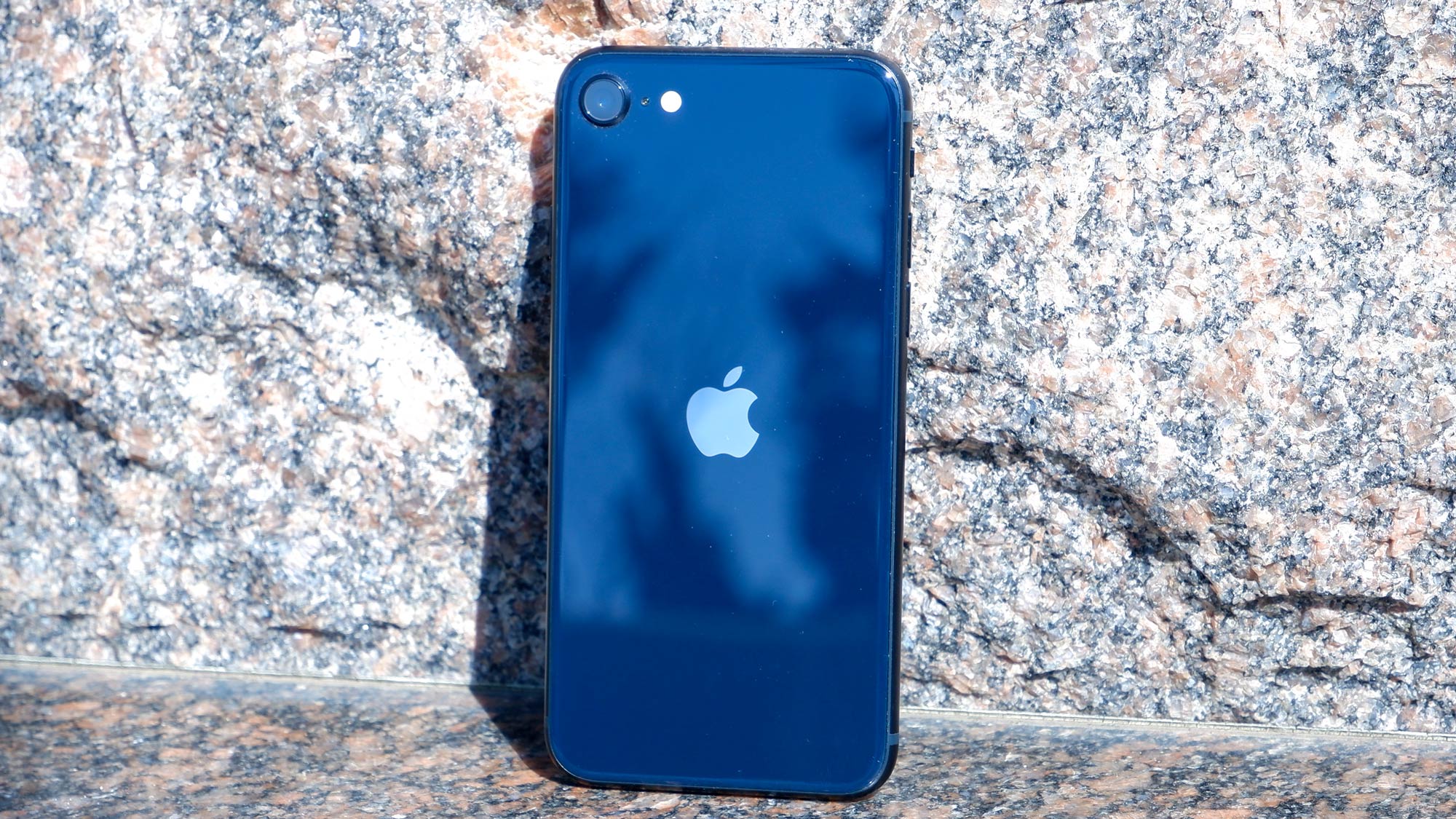

The new third-generation iPhone SE packs the lightning-fast A15 Bionic processor from 2019’s flagship iPhones in the body of the iPhone 8. And because it repurposes the iPhone 8’s design, it also benefits from the iPhone 8’s water resistance. This phone is built to IP67 spec, meaning it can withstand submersion in 3.3 feet (1 meter) of water for a half hour.
But what makes the iPhone SE’s water resistance so special is the handset’s bargain price. At $429, the iPhone SE is the cheapest IP-rated, water-resistant iPhone you can buy. (And it beats out many cheap Android phones, too.) It also supports wireless charging and sports an aluminum-and-glass design, making it extremely premium compared to similarly-priced Android phones.
Read our full iPhone SE 2022 review.
Best general-use waterproof phone

While it lacks a few features, the iPhone 15 still keeps up with its Pro siblings on the waterproof front. It’s also capable of lasting for half an hour under 20 feet of water, and it makes use of a Ceramic Shield display that should prevent screen damage if the phone gets dropped on solid ground instead of in water.
The iPhone 15 doesn’t have the same 120Hz display as the Pro models, and it also misses out on the telephoto camera, LiDAR sensor, tetra prism lens and always-on display. However the price remains pretty low, and the photography and computing performance still crushes most of the Android competition, making it a still worthy device for users in need of a big upgrade.
Read our full iPhone 15 review
Best waterproof Android phone
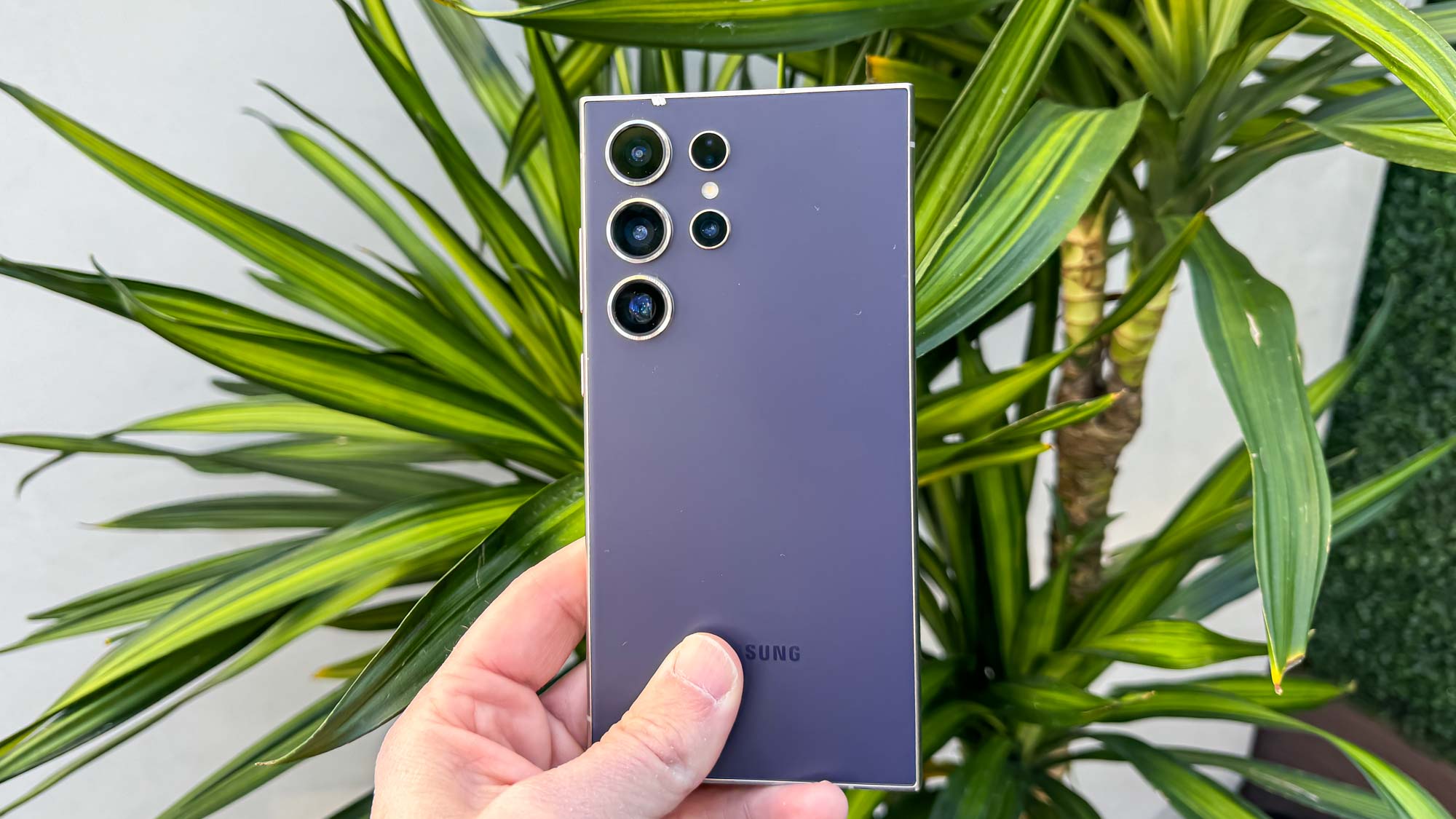
Like other Galaxy flagships, the Samsung Galaxy S24 Ultra features IP68 water resistance, so you can drop it in up to 5 feet of water without worry. But the real value in this phablet comes with its other features, such as the built-in S Pen. You’ll also find two telephoto lenses on the back of the Galaxy S24 Ultra to help you capture more detail when you zoom in on a shot. Not to mention the new and excellent 200MP main sensor.
The 6.8-inch AMOLED screen offers a dynamic refresh rate that adjusts depending on what you’re doing — scrolling through web pages might max out the refresh rate at 120Hz, for example, for a smoother experience.
This is the ultimate smartphone, but it has a price tag to match.
Read our full Samsung Galaxy S24 Ultra review.
Best waterproof iPhone phone for less
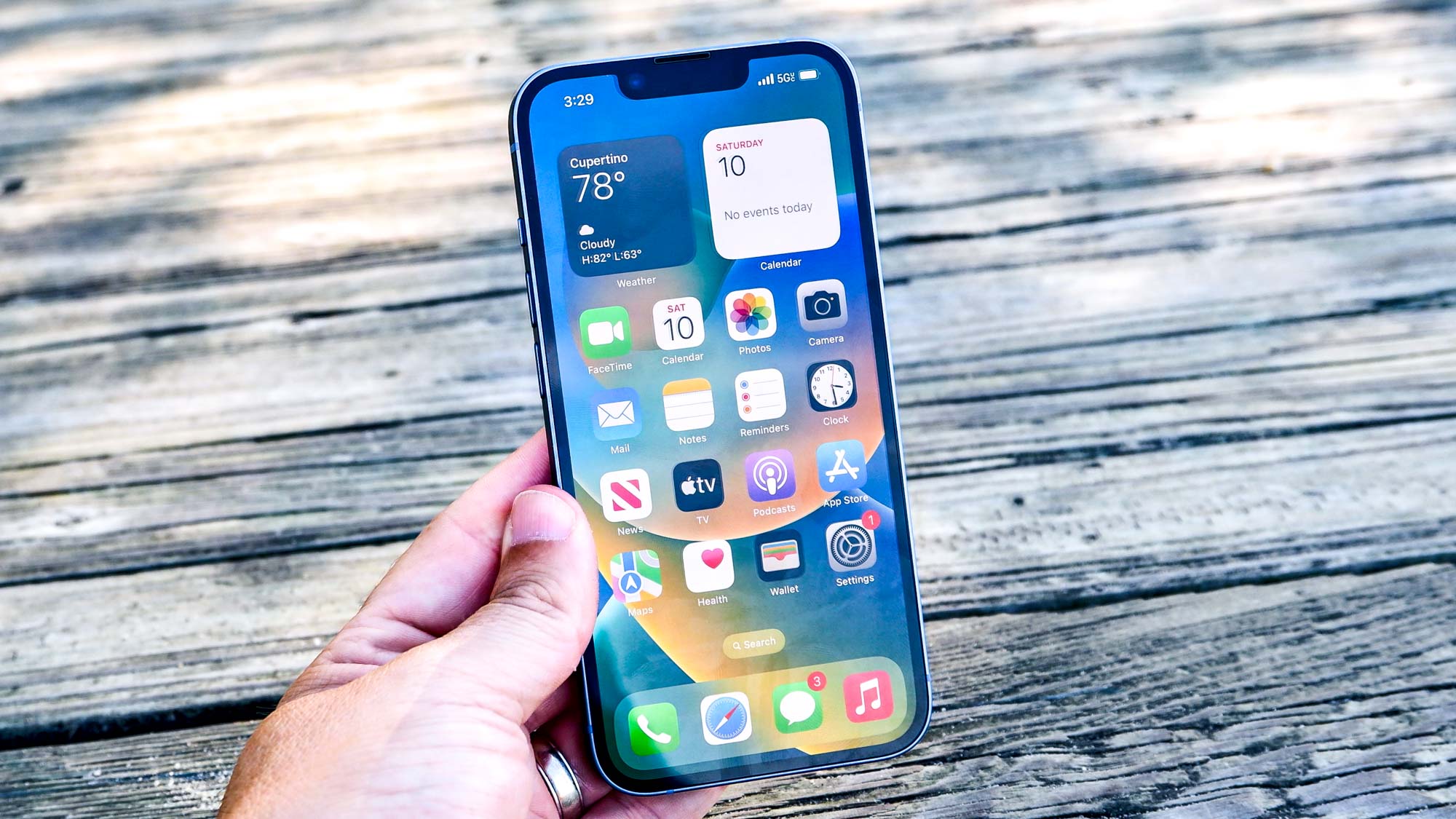
The iPhone 14 features the same level of waterproofing as the iPhone 14 line — an Apple-tested resistance to 30 minutes of being submerged under 20 feet of water, and an IP68 rating, while remaining cheaper.
Its Apple A15 chipset is still pretty powerful, even if it’s been superseded by better chips. Its dual cameras still take fantastic pictures too, and once updated to iOS 17 it’ll have all the iPhone 15’s software tricks to play with as well. The price drop to $599 might make that a worthwhile sacrifice though.
Read our full iPhone 14 review.
Best waterproof Android for less

Google released a really good phone this year. The Pixel 8 Pro impresses in almost every way, minus its deplorable battery life. It also features IP68 water resistance, like many other flagships out there. That means up to a meter of depth for 30 minutes.
Of course, this being a Pixel, the Pixel 8 Pro features incredible cameras that impress in most situations. This phone goes head-to-head with the iPhone 15 Pro Max for photography, which is saying a lot. And thanks to the new Tensor G3 chipset, the Pixel 8 Pro has a lot of software tricks up its sleeve.
Read our full Pixel 8 Pro review.
More of the best waterproof phones
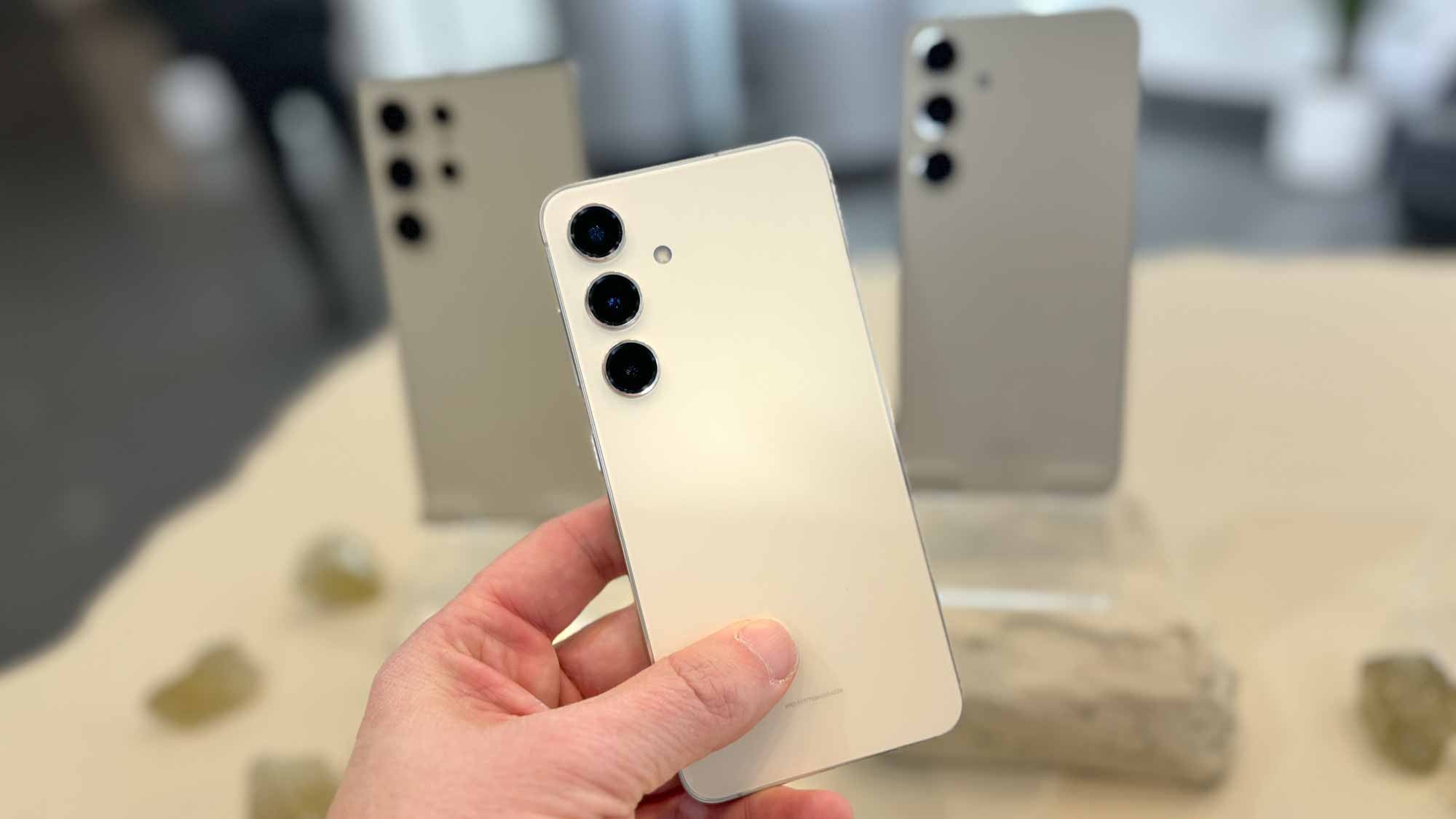
For many of the top features from the Galaxy S24 Ultra, but for less, turn to the Samsung Galaxy S24 Plus. The phone starts at $999, yet features an adaptive display and Snapdragon 8 Gen 3 system-on-chip, just like Galaxy S24 options.
Just as importantly, Samsung doesn’t skip on water resistance here. Like the more expensive S24 Ultra, the S24 Plus can survive a 5-foot plunge into water for up to 30 minutes.
All around, the Galaxy S23 Plus is a great big-screen device, especially with its 2,600-nit display and 45W fast charging.
Read our full Samsung Galaxy S24 Plus review.

Being on a tight budget doesn’t mean flagship phones are out of reach. With a starting price of $699, the Google Pixel 8 gives fans of unlocked phones a way to get a leading Android flagship handset without busting their budget.
You don’t make many compromises for the Pixel 8’s lower price — there’s no telephoto lens and the screen isn’t quite as big or bright. But you still get outstanding cameras that benefit from Google’s know-how with computational photography. The new Tensor G3 chipset powering the Pixel 8 enables a number of experiences like call management and on-device dictation that other Android phones can’t match.
Read our full Google Pixel 8 review.
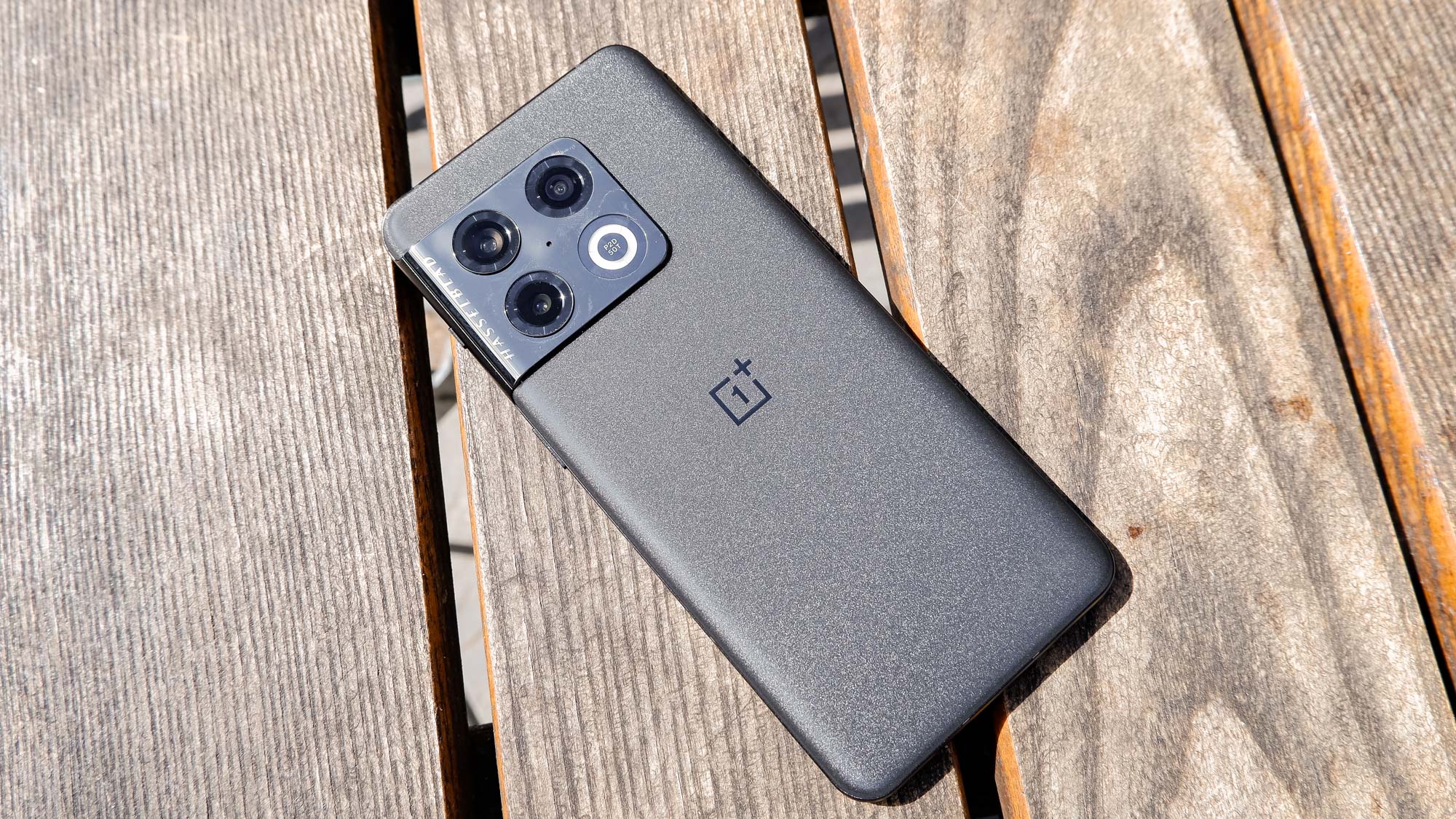
The OnePlus 10 Pro may not be newest and hottest Android flagship. In fact, it’s still a fantastic device thanks to its beautiful design, awesome display, great cameras, and excellent battery life. And with an IP68 rating, you can be sure the OnePlus 10 Pro will survive an unfortunate dunk in some water — assuming you get the T-Mobile version. Sadly this is something both the OnePlus 11 and OnePlus 12 both lack.
We think this is the Android phone to get for most people because of its incredibly appealing price tag. The cameras are the best we’ve ever seen on a OnePlus phone, even going up against the likes of the Pixel 6 Pro and iPhone 13 Pro Max quite well.
OnePlus got a lot right here , including the software. OxygenOS is the best version of OnePlus’ Android skin that we’ve seen. It’s smooth and fast, especially when paired with the 120Hz display. It even has wireless charging, which isn’t always guaranteed in a OnePlus flagship.
Read our full OnePlus 10 Pro review.
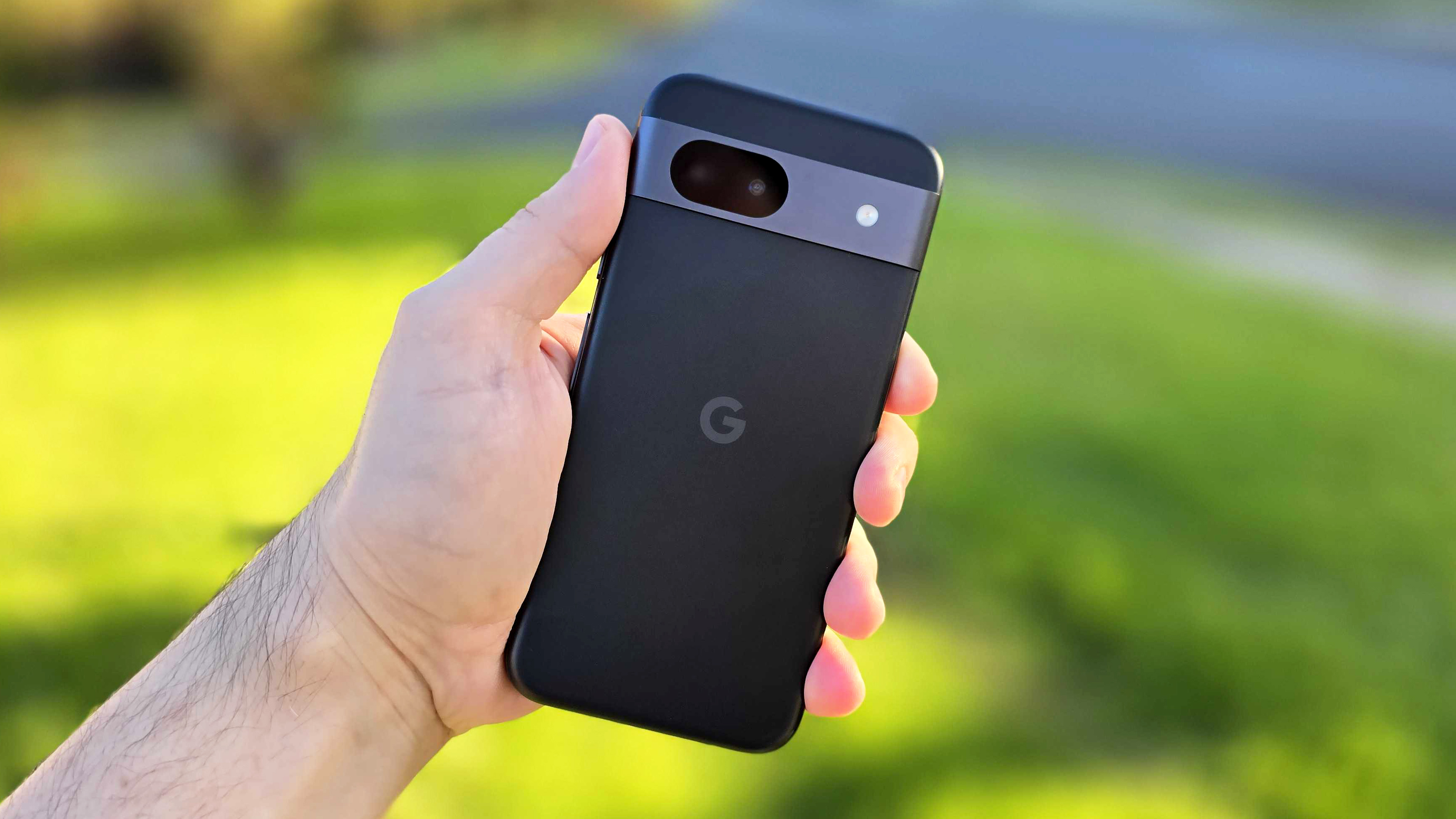
Google brought water resistance to the Pixel A-series with the Pixel 6a and continued on through to the Pixel 8a. This $499 camera champ sports an IP67 rating, meaning it can survive a meter underwater for 30 minutes. Not only that, but it’s just a really good phone. Not only is the display good, but it’s got great performance (especially for the price).
The Pixel 8a’s claim to fame is the photography experience. Without a doubt, it’s the best camera phone under $500, punching well above its weight thanks to Google’s computational photography prowess. If you’re on a budget and want the best cameras for your money, the Pixel 8a should be at the top of the list.
Read our full Google Pixel 8a review.
How to choose the best waterproof phone for you
If water resistance is a primary concern in your smartphone buying decision, you’ll definitely want to pay attention to manufacturers’ IP-rating claims.
In the mobile industry, an IP67 certification means your device will be protected against 3.3 feet (1 meter) of submersion for a period of 30 minutes. IP68 usually means you’re getting at least 5 feet (1.5 meters), though some companies, like Apple, use IP68 to refer to as much as 13 feet (4 meters) of durability. If a phone boasts no IP rating, or has been treated with a water-repellent coating, you shouldn’t trust it to survive if it’s ever submerged. Unfortunately, most budget phones tend to make do with this limited form of protection, and even some flagships are among them (including the shady OnePlus 10 Pro situation where only the T-Mobile version has an IP certification).
Also, it’s important to point out that an IP rating does not mean water damage within the specified parameters is covered under your device’s warranty. Unfortunately, while many phone makers are all too quick to assert water resistance, you won’t find a single one that is confident enough in that claim to actually replace or repair one of their products, free of charge, in the event of a spill.
How we test smartphones
In order for a smartphone to make any one of our lists of the best phones, it needs to excel on several tests that we run on every handset. We perform some of these tests in our labs and some in the real world.
When it comes to performance, we rely on such synthetic benchmarks as Geekbench 5 and 3DMark to measure CPU and graphics performance. These tests allow us to compare performance across iPhones and Android devices. We also run a real-world video transcoding test on each phone using the Adobe Premiere Rush app and time the result. (Unfortunately, not all phones are compatible with this test, so we skip it where needed.)
| Row 0 – Cell 0 | Geekbench 5 (single-core / multicore) | 3DMark Wild Life Unlimited (FPS) |
| iPhone 14 Pro Max | 1720 / 4549 | 68 |
| iPhone SE (2022) | 1718 / 4482 | 50 |
| iPhone 14 | 1727 / 4553 | 57 |
| Galaxy S22 Ultra | 1240 / 3392 | 57 |
| iPhone 13 | 1668 / 4436 | 56 |
| Pixel 7 Pro | 1060 / 3046 | N/A |
| OnePlus 10 Pro | 995 / 3482 | 61 |
| Pixel 7 | 1054 / 3021 | N/A |
| Galaxy S22 Plus | 1214 / 3361 | 60 |
| Pixel 6a | 1057 / 2918 | 41 |
To measure the quality of a phone’s display, we perform lab tests to determine the brightness of the panel (in nits), as well as how colorful each screen is in the sRGB and DCI-P3 color gamuts. In these cases, higher numbers are better. We also measure color accuracy of each panel with a Delta-E rating, where lower numbers are better and score of 0 is perfect.
| Row 0 – Cell 0 | sRGB (%) | DCI-P3 (%) | Delta-E |
| iPhone 14 Pro Max | 109 | 77 | 0.21 |
| iPhone SE (2022) | 115 | 81 | 0.21 |
| iPhone 14 | 117.4 | 83.1 | 0.25 |
| Galaxy S22 Ultra | 138 | 97 | 0.25 |
| iPhone 13 | 110 | 78 | 0.26 |
| Pixel 7 Pro | 104.9 | 74.3 | 0.28 |
| OnePlus 10 Pro | 174 (Vivid) / 119 (Natural) | 123 (Vivid) / 84 (Natural) | 0.32 / 0.23 |
| Pixel 7 | 109.3 | 77.4 | 0.28 |
| Galaxy S22 Plus | 212 (Vivid) / 128 (Natural) | 150 (Vivid) / 91 (Natural) | 0.35 (Vivid) / 0.23 (Natural) |
| Pixel 6a | 131 (Adaptive) / 111 (Natural) | 93 (Adaptive) / 79 (Natural) | 0.25 (Adaptive) / 0.2 (Natural) |
One of the most important tests we run is the Tom’s Guide battery test. We run a web surfing test over 5G (or 4G if the phone doesn’t have 5G support) at 150 nits of screen brightness until the battery gives out. In general, a phone that lasts 10 hours or more is good, and anything above 11 hours makes our list of the best phone battery life.
| Row 0 – Cell 0 | Battery life (Hrs:Mins) |
| iPhone 14 Pro Max | 12:16 |
| iPhone SE (2022) | 7:39 |
| iPhone 14 | 9:28 |
| Galaxy S22 Ultra | 8:50 (Adaptive) / 8:56 (60Hz) |
| iPhone 13 | 10:33 |
| Pixel 7 Pro | 6:31 |
| OnePlus 10 Pro | 11:52 (High) / 12:40 (60Hz) |
| Pixel 7 | 7:03 |
| Galaxy S22 Plus | 9:27 (Adaptive) / 10:27 (60Hz) |
| Pixel 6a | 6:29 |
Last but not least, we take the best phones out in the field to take photos outdoors, indoors and at night in low light to see how they perform versus their closest competitors. We take shots of landscapes, food, portraits and more, and also allow you to be the judge with side-by-side comparisons in our reviews.
